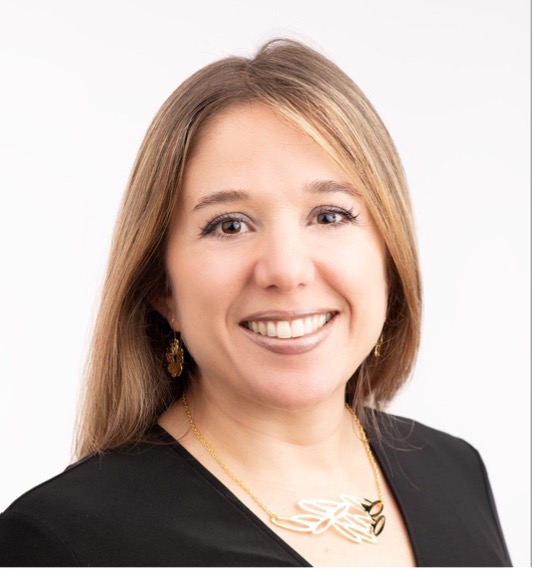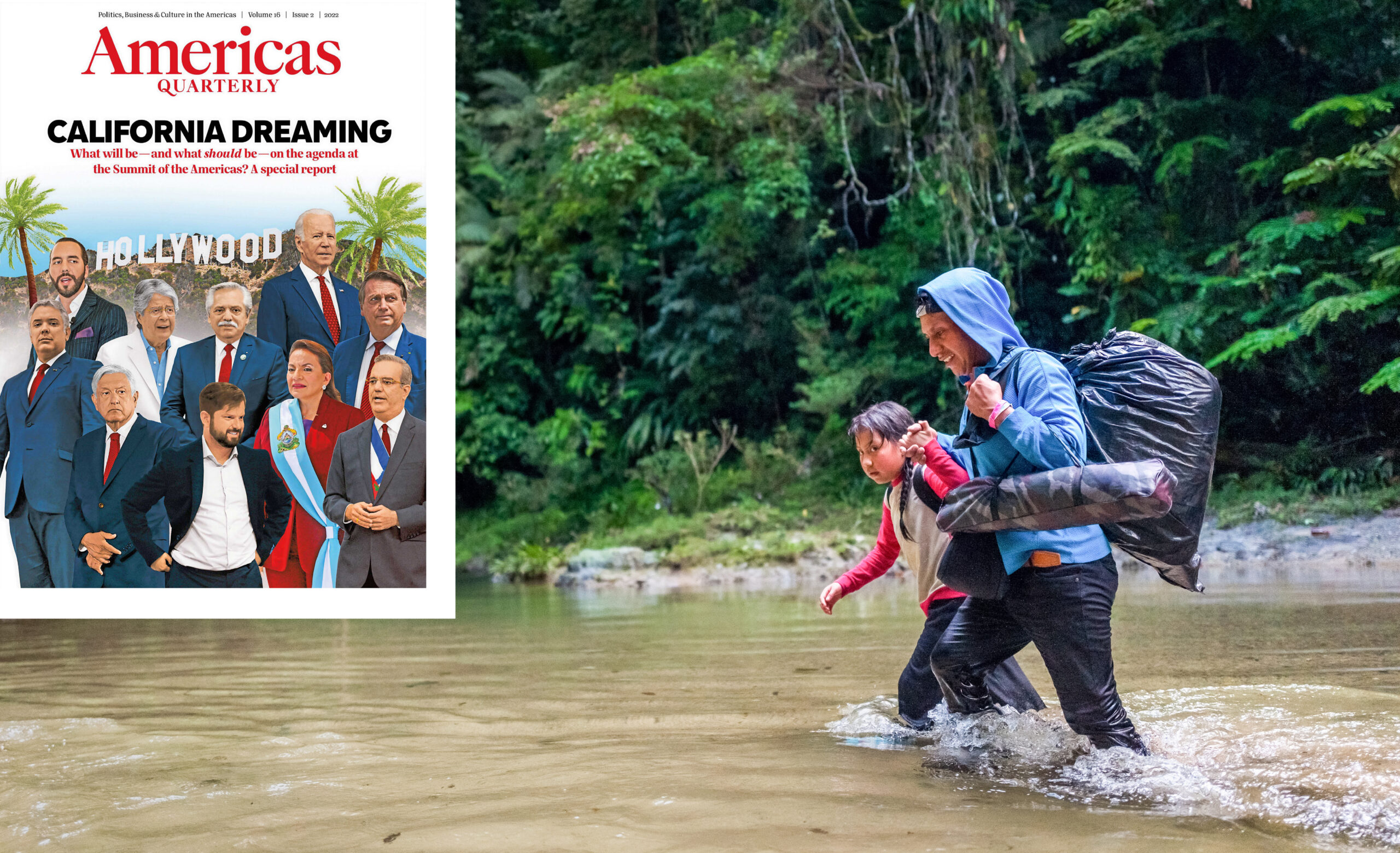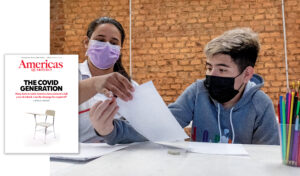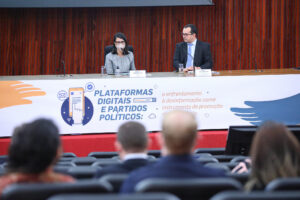This article is adapted from AQ’s special report on Lula and Latin America
On the sidelines of the Summit of the Americas last June, 20 countries signed the Los Angeles Declaration on Migration and Protection, agreeing to increase coordination and cooperation on migration and forced displacement of people. The need is clear: A staggering 26% of the world’s migrants—more than 73.5 million people according to the 2022 World Migration Report—lived in the Americas by the end of 2020. That equals 7% of the region’s population.
Having generated an umbrella space for regional coordination on this issue is indeed an important contribution of this accord, as well as the establishment of a base line from which to assess country and regional pledges around four key pillars: first, stability and assistance to countries of origin, transit and destination; second, the provision of legal pathways; third, promoting humane migration management, with a focus on security challenges; and finally, providing and coordinating emergency humanitarian response.
So, one year later, where are we in the implementation of this declaration?
Some initial commitments along the four pillars have advanced, including, for example, the amnesty implemented in Belize for irregular migrants and asylum seekers, and the regularization of processes for Venezuelan migrants and refugees in Ecuador and Colombia, among other pledges that came to fruition.
As of March 1, there have been three follow-up meetings and 11 working groups were formed. Countries divided the leadership to work on specific topics such as support for receiving communities, temporary protection and regularization, and international financing to receiving countries, among others.
However, there are issues that could contribute to this improved cooperation that are not being addressed. Below are three missing parts of the puzzle.
The process and the parties
With Guyana signing on after the summit, the declaration now includes 21 of the 35 countries that make up the Americas, all of them members of the Organization of American States (OAS). There are thus still 13 countries where migration and protection dynamics are also evident that are not party to the process. For this effort to truly be inclusive and successful, it must include all countries in the region. There is a contradiction in promoting it as a hemispheric agreement when it excludes countries that are responding to migration and forced displacement—and have solutions to share.
While the declaration establishes a new framework from existing efforts, it is also not clear whether the accord builds upon cooperation already occurring such as the Regional Conference on Migration (CRM), the South American Conference on Migration (CSM) and the Quito Process to address the Venezuelan migration crisis, among others. The connection between the umbrella provided by the LA Declaration, and those efforts already underway should be explained and the value added explicitly shared.
Accountability over time
There are currently no known accountability mechanisms through which progress can be assessed. It is a positive step that the countries themselves have established working groups, but it is as important to keep track of this collaboration and its results, and to communicate progress as widely as possible.
Defining a role for multilateral partners and other actors
The LA Declaration would have benefited from defining a role for multilateral organizations such as the OAS, which serves as secretariat to the Summit of the Americas process, as well as for other specialized UN agencies. It is not a matter of generating a role with no real purpose, these institutions have the know-how to support follow-up processes. The same applies for civil society organizations, academia, the private sector and migrants and refugees themselves. The whole-of-society approach, necessary to achieve the highest effectiveness in addressing migration and forced displacement, requires the inclusion of all actors, and for the moment, no channels or spaces are foreseen for this interaction.
The situation on the ground continues to challenge countries and to put migrants and displaced people in vulnerable situations. Occurrences of humanitarian emergencies are seen throughout the region from the Atacama Desert to the Rio Grande, while in the Darien Gap, one of the most dangerous migratory routes in the region, the number of migrants increases year after year. Panamanian authorities reported that irregular crossings into Panama in 2022 reached a record 250,000, nearly doubling from the previous year.
The conversation on a hemispheric approach to continue solidifying the principle of shared responsibility, with the idea that no country alone assumes the cost of receiving and integrating migrants and refugees, must continue to be prioritized. Human mobility continues to increase; it is thus essential for policymakers to respond with efficient policies in a framework of truly hemispheric cooperation as rapidly as people move throughout the region.
**Opinions are personal. They do not represent those of the Organization of American States.








